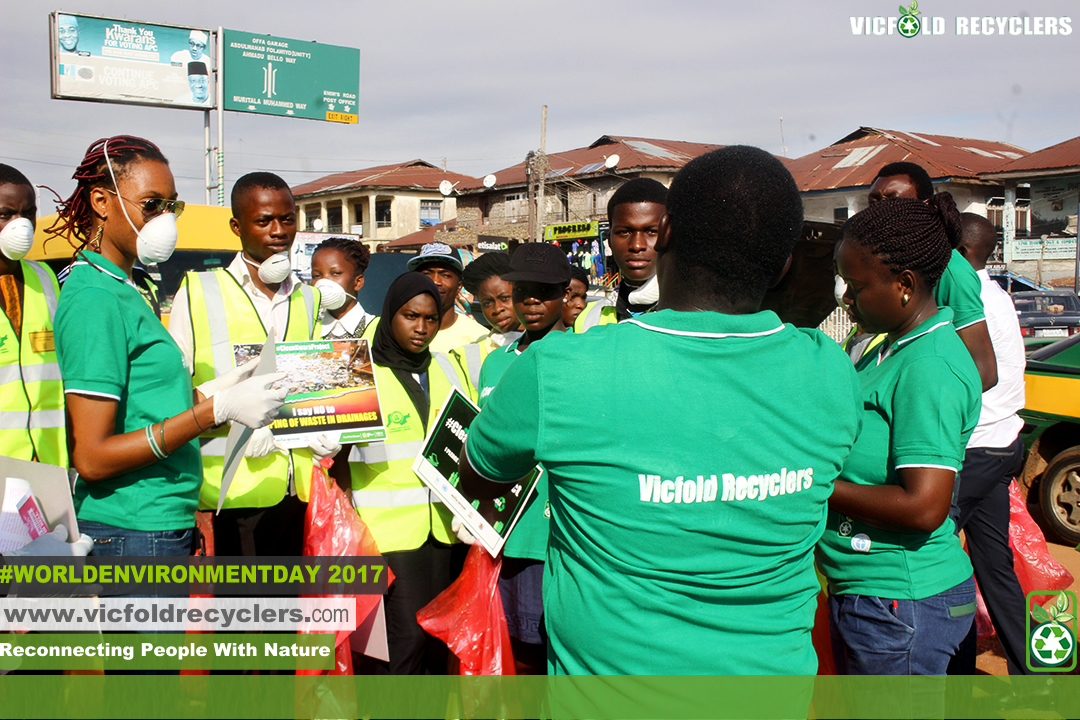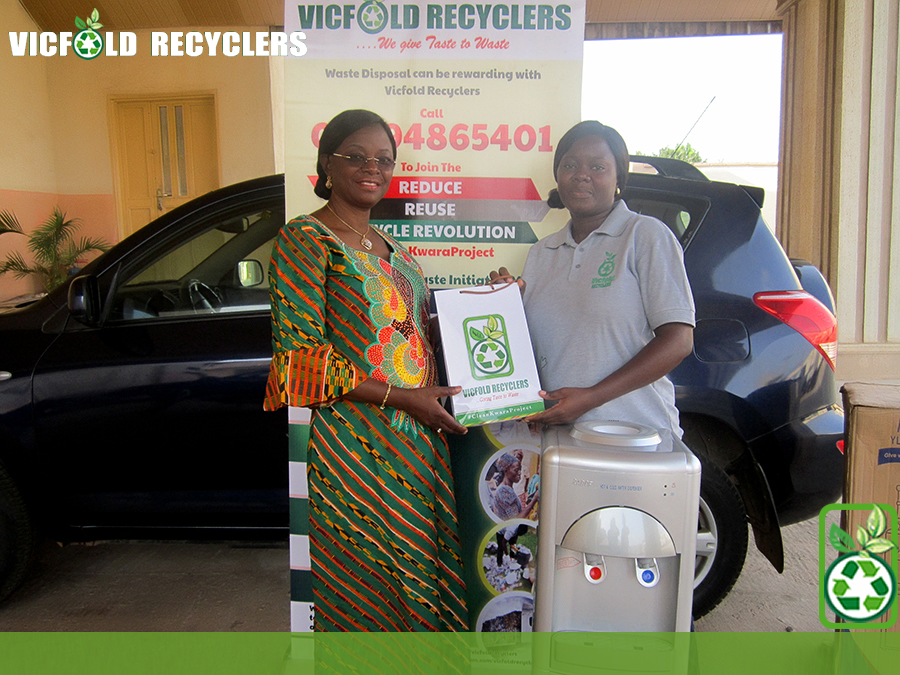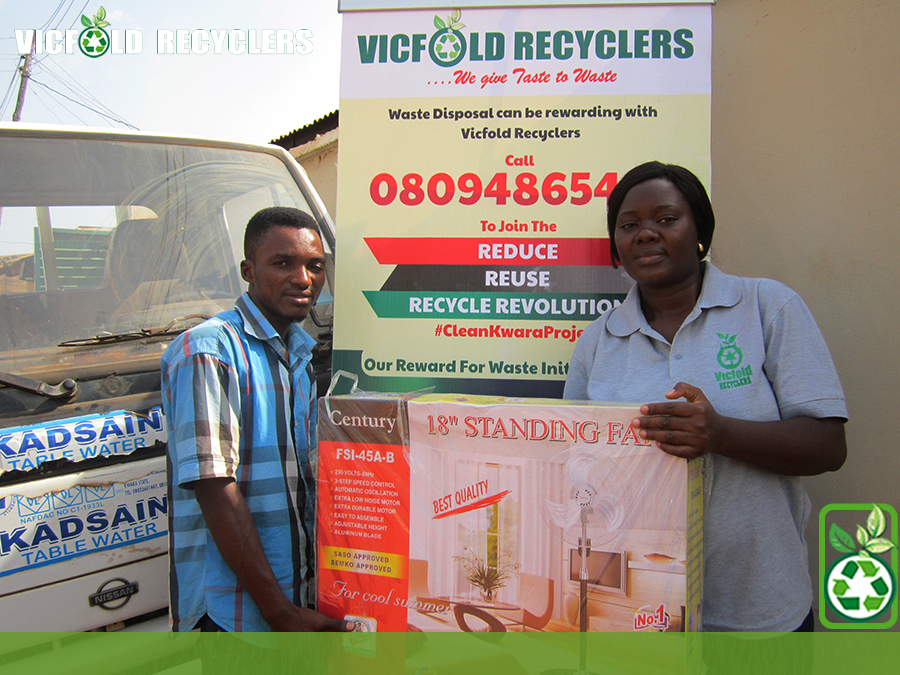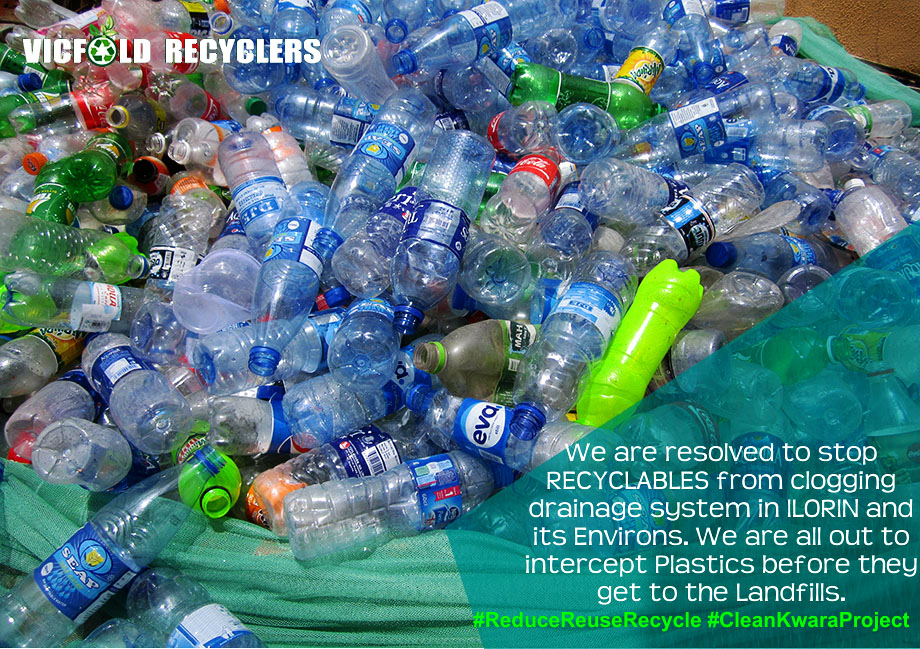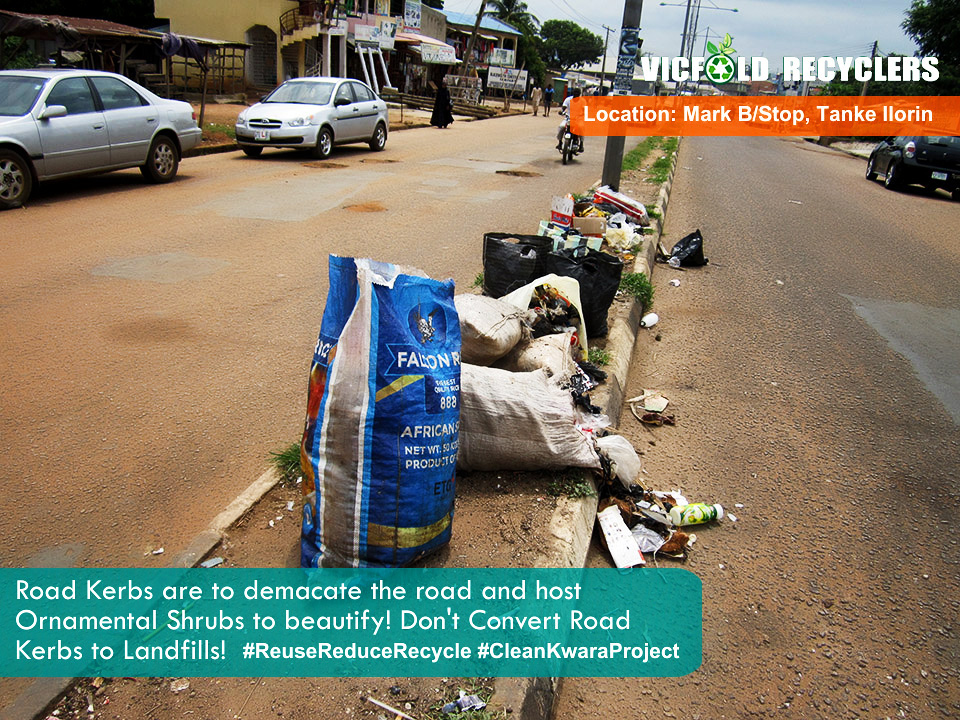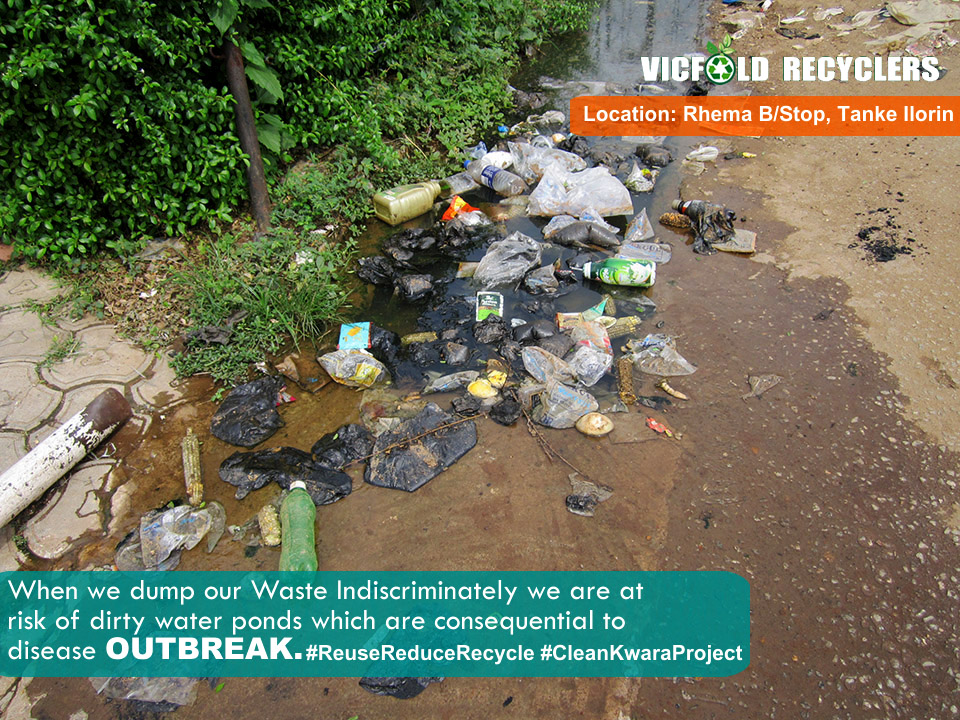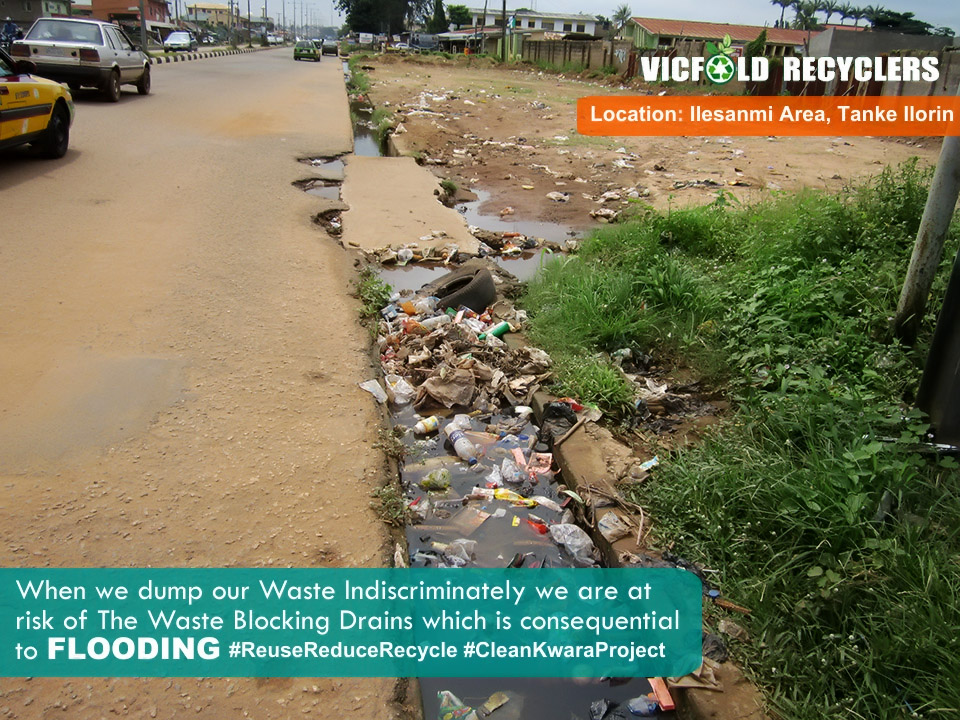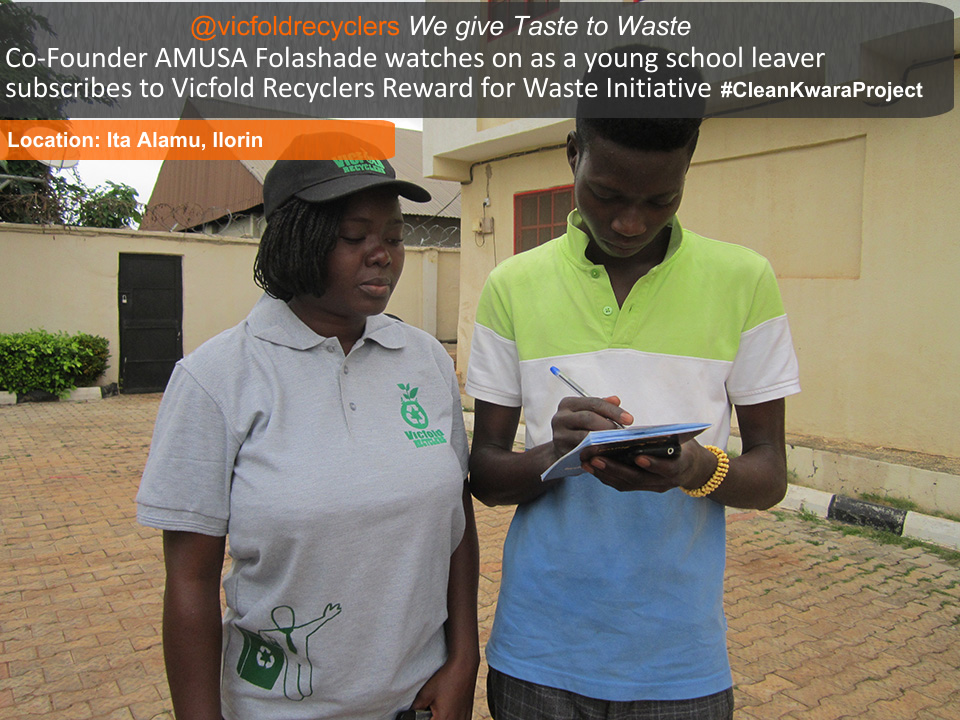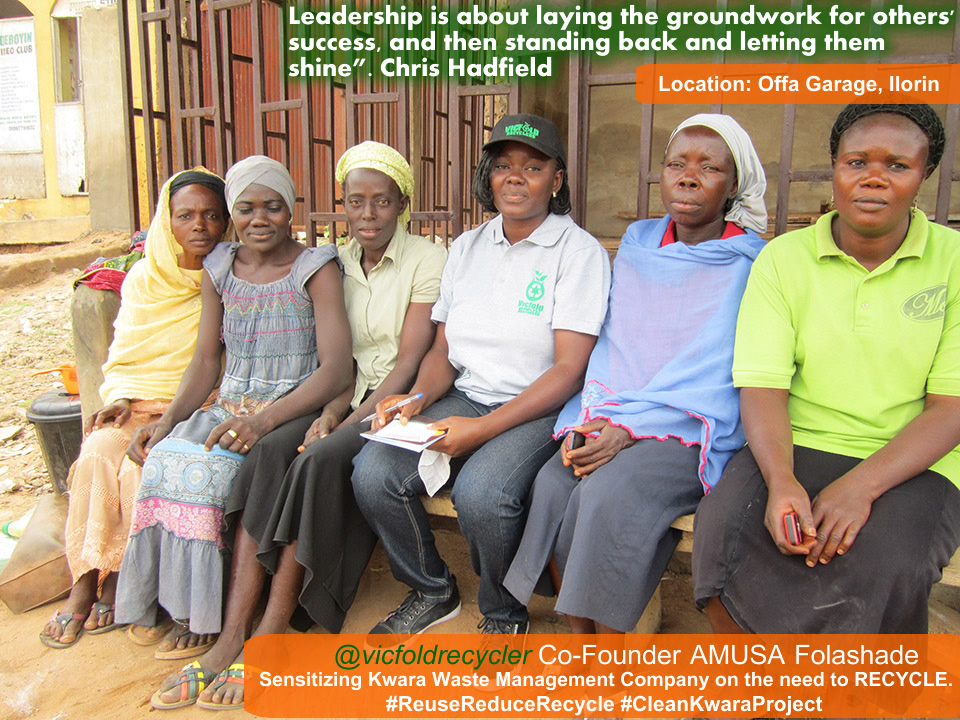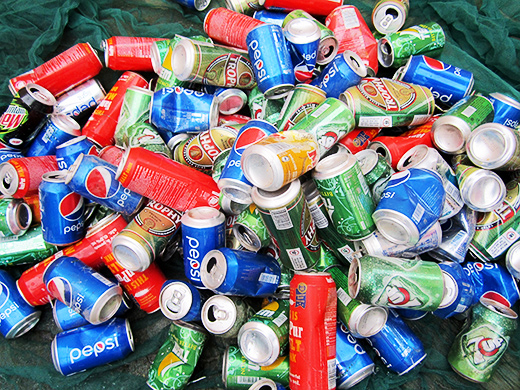
- By recycle-more, admin
- Posted On 2016/08/16
Aluminium Can Recycling
Recycling Aluminium cans saves energy and natural resources, and also reduces the pressure on landfill sites.
If all the aluminium cans sold were recycled there would be around 14 million fewer dustbins emptied into landfill sites every year!
Aluminium cans that are recycled in the Nigeria are melted down and turned into ingots of aluminium, which are used to make new cans. This is called closed loop recycling, because old cans go in and metal to make new cans comes out.
How can you tell if a drink can is made of aluminium?
Around 75% of drink cans are made of aluminium . An easy way to check is to test the side of a can with a magnet - if the magnet does not stick, it is aluminium. Aluminium cans are lighter than steel and the metal is shinier - if you compare the base of a steel can to one made of aluminium you can see the difference.
Aluminium Can Recycling Loop
It is up to us to keep the aluminium can recycling loop going! Here is how it works:
Stage 1: Collection
Stage 2: Recycling
Stage 3: Rolling
Stage 4: Can Making
Stage 5: Filling
Stage 6: Selling
Stage 1: Collection
Aluminium cans are collected for recycling in a number of ways:
Can banks - located at supermarkets and council recycling sites. These are emptied by waste management companies.
Reward for cans centres - where you can exchange empty aluminium cans for Incentives
Once collected the cans are delivered to aggregation centres. Here the cans are checked to ensure they don't contain any steel, plastic, paper, dirt or excess liquid as these can disrupt the recycling process. They are then baled and transported to the Used Beverage Can Recycling Plant.
Stage 2: Recycling
The recycling process has four stages:
Shredding: Mechanical hammers shred the flattened cans into small pieces, about the size of a 50p
Decoating: Decoration is removed by blowing hot air (500 Degrees Celsius) through the shreds
Melting: The shreds are melted in a furnace heated to 750 Degrees Celsius
Casting: The molten metal flows into molds and is cooled by jets of water. As it cools and the metal hardens and an 'ingot' is formed
Each ingot weighs 27 tonnes. It is 15 metres long and contains enough metal to make 1.5 million drink cans. The ingot is now transported to the rolling mill.
Stage 3: Rolling
The ingots are pre-heated to 600 Degrees Celsius and undergo their first rolling. They are then 'cold rolled' to the exact specification and thickness required by the can maker.
Stage 4: Can Making
The aluminium sheet is lubricated and fed through a cupping press. This cuts, or blanks, thousands of shallow cups. The sides of the cups are raised to form the can shape by being rammed through a series of rings. The can is trimmed and washed ready for decorating.
The inside and outside of the can is treated with a lacquer. This forms the base coat for the external decoration and prevents the contents reacting with the metal inside.
After the decoration has been applied the cans are dried in an oven and then passed through a necker/flanger to prepare them to take the can end.
Stage 5: Filling
Cans are cleaned using high pressure air and water. Then the air is extracted and at the same the can is filled with carbon dioxide gas (CO2). The liquid contents are then added and the can ends are attached and mechanically sealed.
Around 2000 cans are filled by this process every minute. The cans are then packed ready for dispatch to the distributor or retailer.
Stage 6: Selling
The final stage of the loop is when the cans are delivered to the retailer, ready for you to buy - again! This could be your local supermarket, corner shop or a vending machine in your office or leisure centre.
So now you know what makes the loop go around - you do! Make sure you play your part and recycle your aluminium drink cans!
"Recycling Aluminium cans saves energy and natural resources, and also reduces the pressure on landfill sites."
Comments
Post a Comment
Latest Posts
-
Youth Participation In Volunteerism; Increasing Skills aimed at achieving the SDGs
Posted On 2019/07/17Considering this analogy; a 22-year-old graduate that needs a job which prerequisite requires 3 years of experience, how would such individual go about the condition of hiring?
-
CREP4Campus; Women & Youth Empowerment - One woman and one youth at a time!
Posted On 2019/07/17The #responsibility of delivering #socialimpact to the #planet & the #people is on all - #government & #citizens alike.
-
A Call for more robust German-African exchange in sustainability
Posted On 2018/09/11Right from the sky the beauty of renewable energy installations like solar farms and wind mills is indeed a pleasure to behold. Not to mention the consciousness of Germans to actively participate ...
-
Promoting Women and Youth Inclusion in Eco-Sustainability
Posted On 2018/09/11100% Free Hands-On Training for Girls and Young Female Unemployed Graduates tagged The #RENEWABLES.



